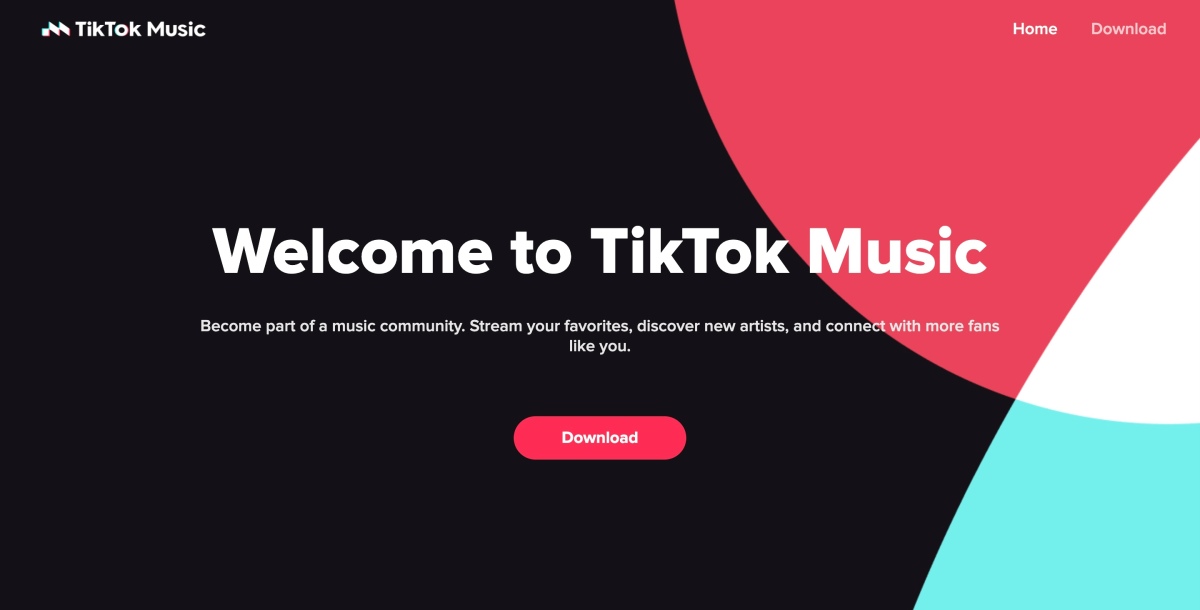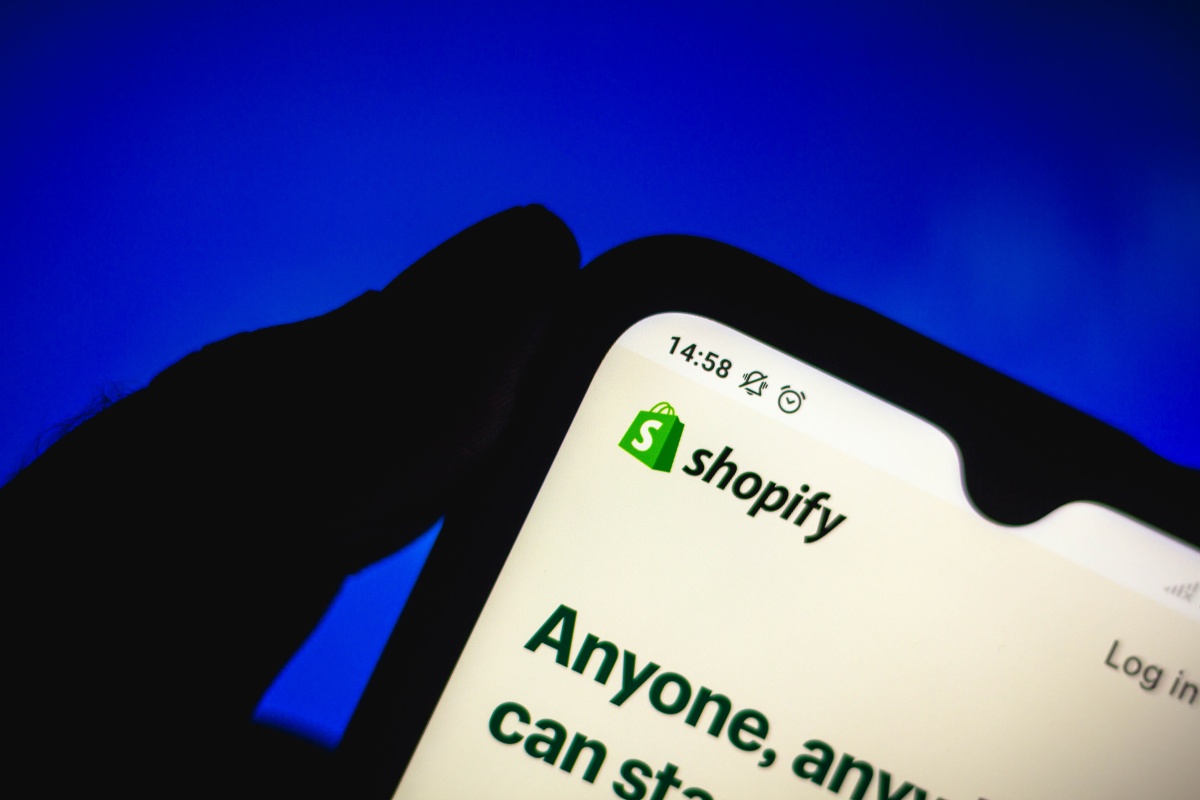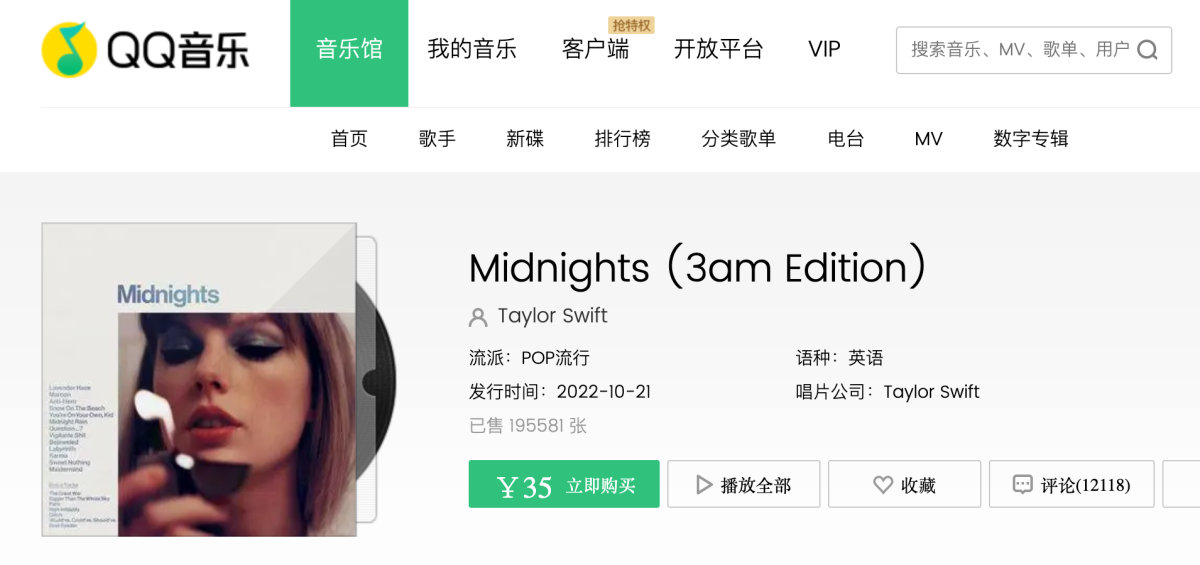Spotify’s video podcast publishing tools expand to creators worldwide • ZebethMedia
Spotify today is expanding its video podcasting capabilities to creators in more than 180 markets worldwide, which means the functionality is now available in nearly all the markets where Spotify’s podcast creation software, Anchor, is currently available. The feature, first entered wider testing last year, then officially launched in April to a handful of key markets, including the U.S., before rolling out to half a dozen more countries this summer, including parts of Europe. The move puts Spotify in closer competition with YouTube, where video podcasts have been growing in popularity. Last year, YouTube hired a podcast executive, Kai Chuk, to lead its efforts in the space and was said to be been offering cash to popular podcasters to film their shows, Bloomberg reported. This August, YouTube took another big step into this space with the launch of a dedicated podcasts homepage in the U.S. Meanwhile, though Spotify is happy to talk about the expansion of its video recording functionality, the company wouldn’t share any sort of metrics about the traction its video podcasts are seeing — either in terms of creation or viewership. Instead, the company only responded to our inquiries by saying it’s “excited about the growth” as the format is adopted. So far, the adoption of video podcasts on Spotify has included both Spotify Originals and other, independent shows, like “Call Her Daddy,” which became a Spotify exclusive in July 2021, plus “Diary of a CEO,” and the “Always Sunny Podcast,” among others. Spotify also couldn’t confirm if its video podcasts have managed to increase the time users spent directly watching the shows on their phone or laptop, for example. However, the company did note that creators don’t necessarily have to switch to video entirely to leverage the new format. Rather, they can choose to diversify their content types by publishing some visual episodes alongside their traditional audio podcasts. For example, the episode “An Abortion Story” from “Call Her Daddy,” encouraged listeners to pull out their device at various parts to watch the video. With today’s expansion, Spotify says video podcasters can now use Anchor’s tools to reach Spotify’s audience of 456 million monthly listeners, while listeners can take advantage of features like the ability to switch between watching the video and playing the video in the background. Notably, background play is a feature YouTube charges for through its YouTube Premium subscription. But on Spotify, it’s available to all users — including non-subscribers — for free. If Spotify’s video podcast market share grows, this could become a competitive advantage. Spotify has been heavily focusing on podcasting, video and non-video alike, after spending more than $1 billion on podcast-related acquisitions. During the company’s 2022 investor day event, CEO Daniel Ek said that while the company is still in investment mode for podcasts, it believes the vertical has the potential for a 40-50% gross margin. The video feature is not without its challenges, however. Reports this fall indicated Spotify creators were using the podcast tool to illegally pirate movies. Several TikTok videos at the time showed the problem in action. Spotify said it uses technology to discover and remove this sort of infringing content. Piracy isn’t a problem limited to Spotify, of course. In fact, TikTok’s own LIVE feature is often used for finding a movie to watch, as users live stream directly from their TVs. Previously, Spotify had rolled out video podcast publishing to Germany, France, Italy, Spain, Brazil, Mexico, the U.S., U.K., Ireland, Canada, Australia, and New Zealand. It’s now available to most of Anchor’s markets, including Sweden, Netherlands, and regions like SEA (Indonesia), MENA (UAE, Saudi), LATAM (Chile, Argentina, Colombia) and others.



